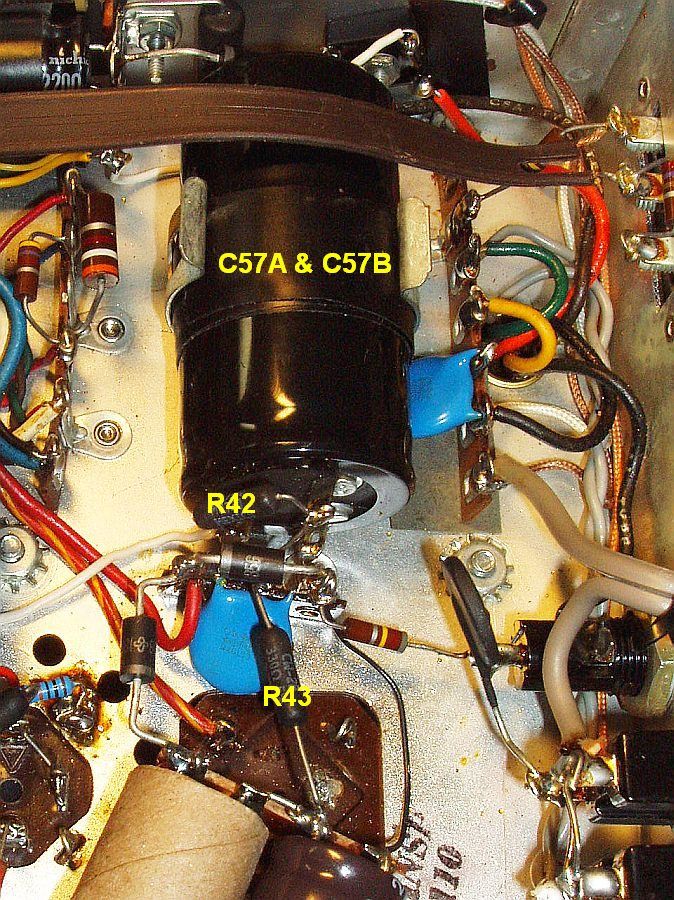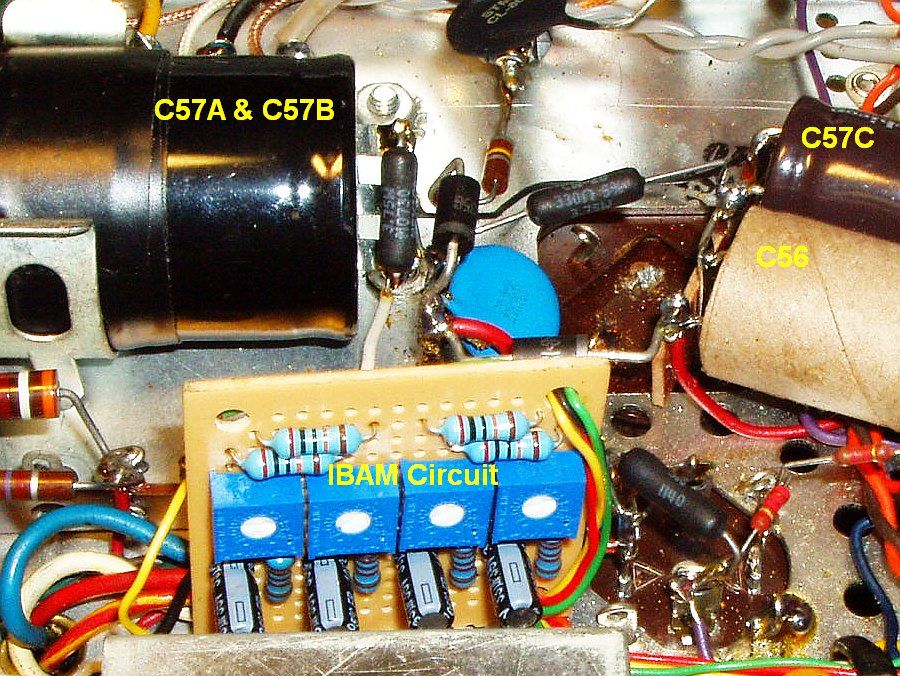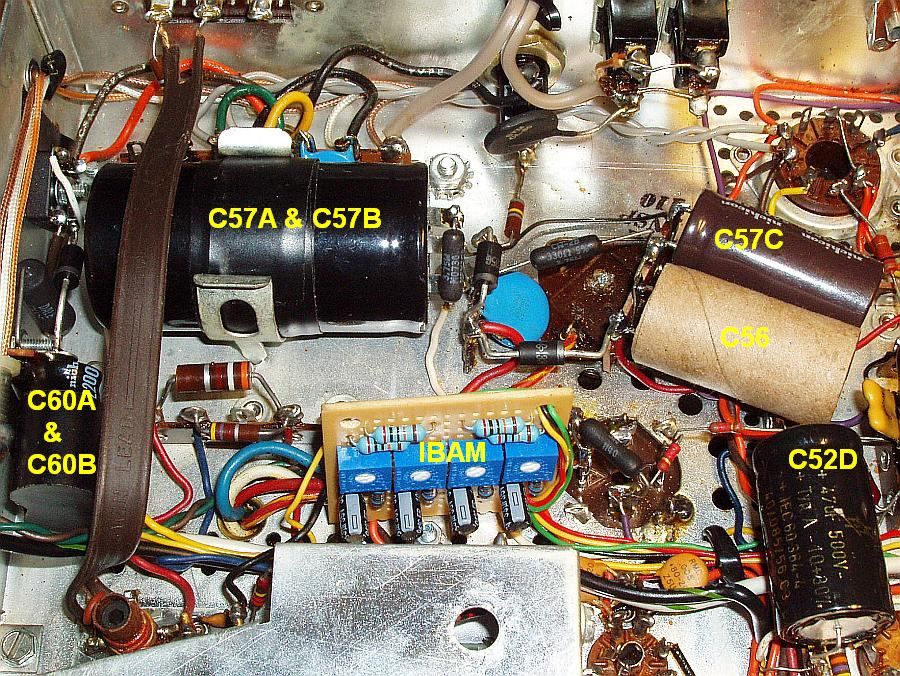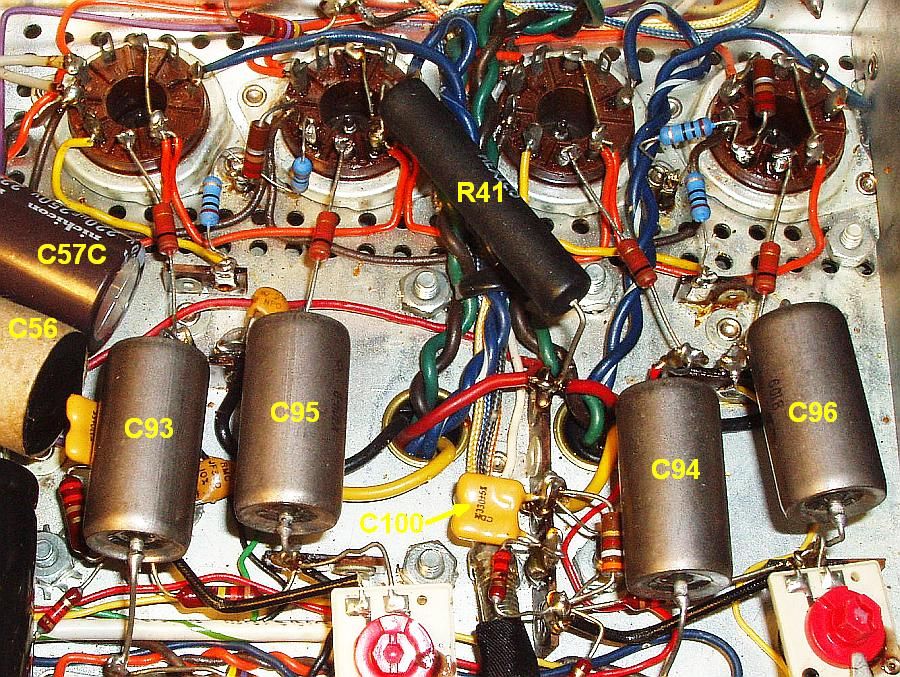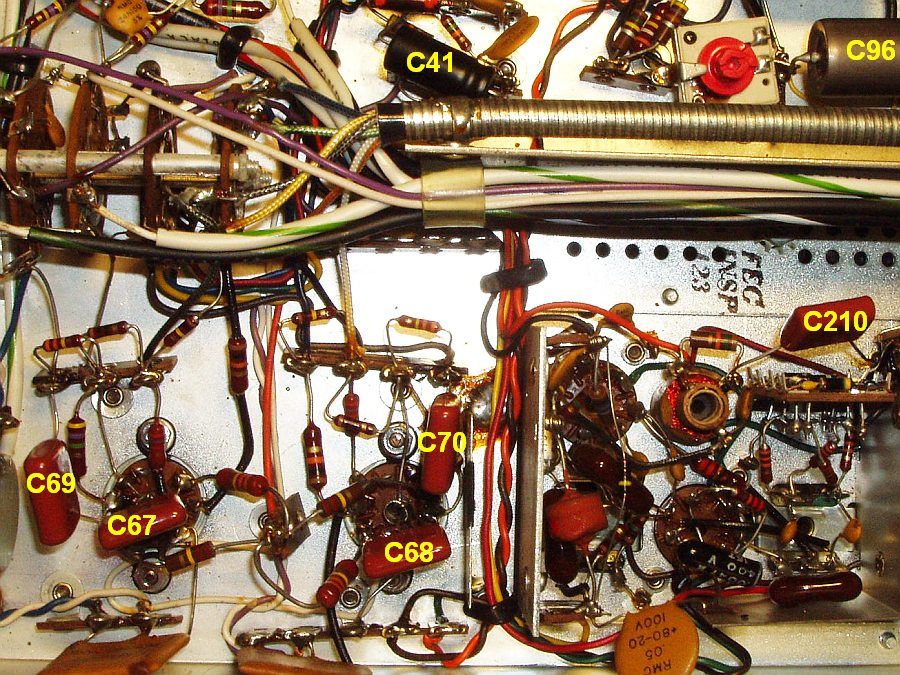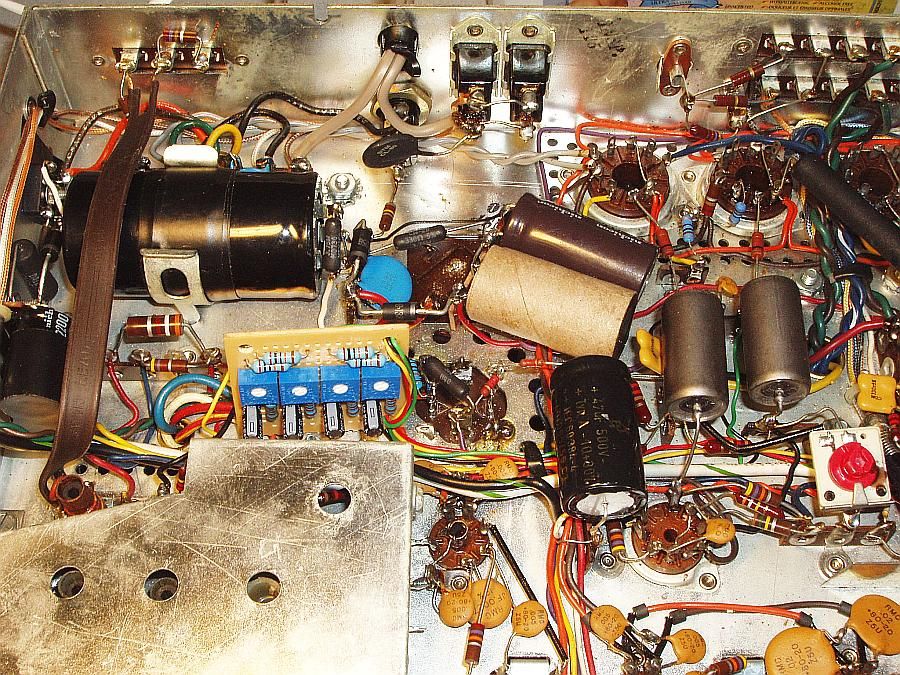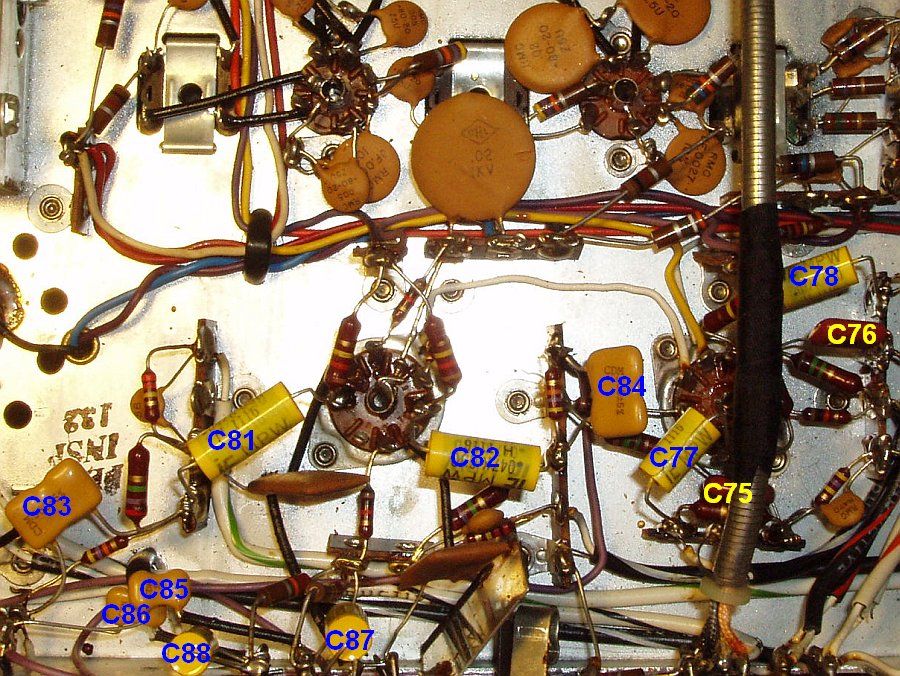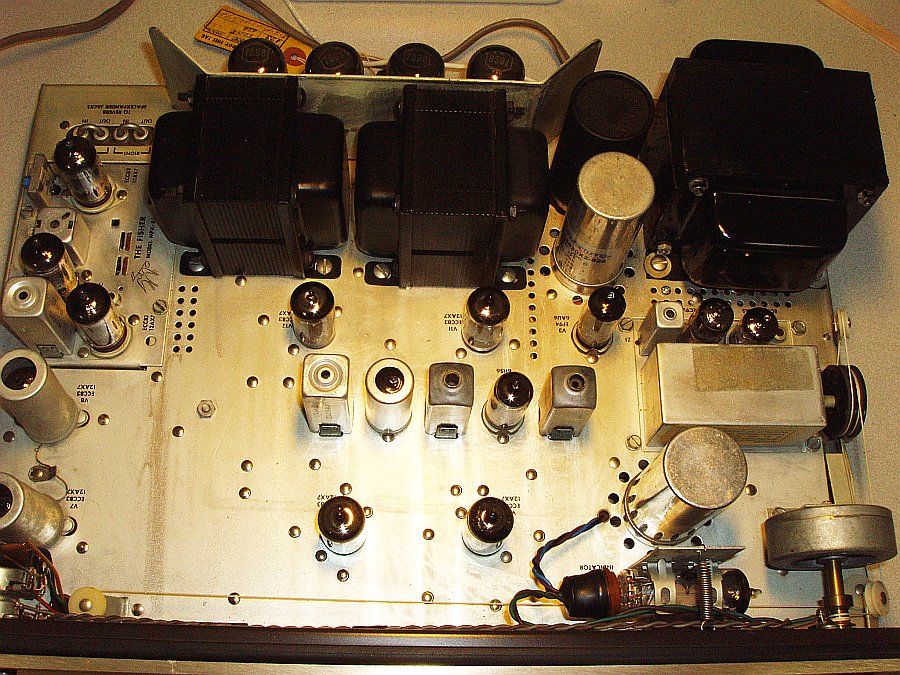Leestereo
Super Member
Here are some pictures of the restoration/upgrade of pvinyl's Fisher 400. This 400 is in excellent cosmetic shape and in order to keep the stock look intact, all components except for the multi-section can capacitor were installed under the chassis. Pvinyl sourced all of the parts from Jim McShane, except for the capacitors in the doubler circuit and the IBAM which I ordered from Mouser.
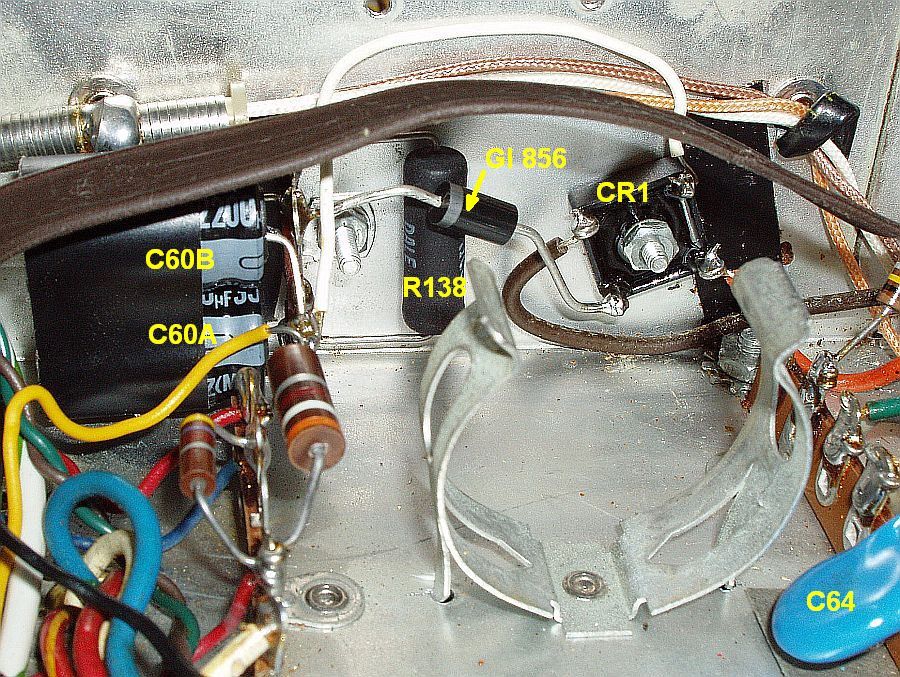
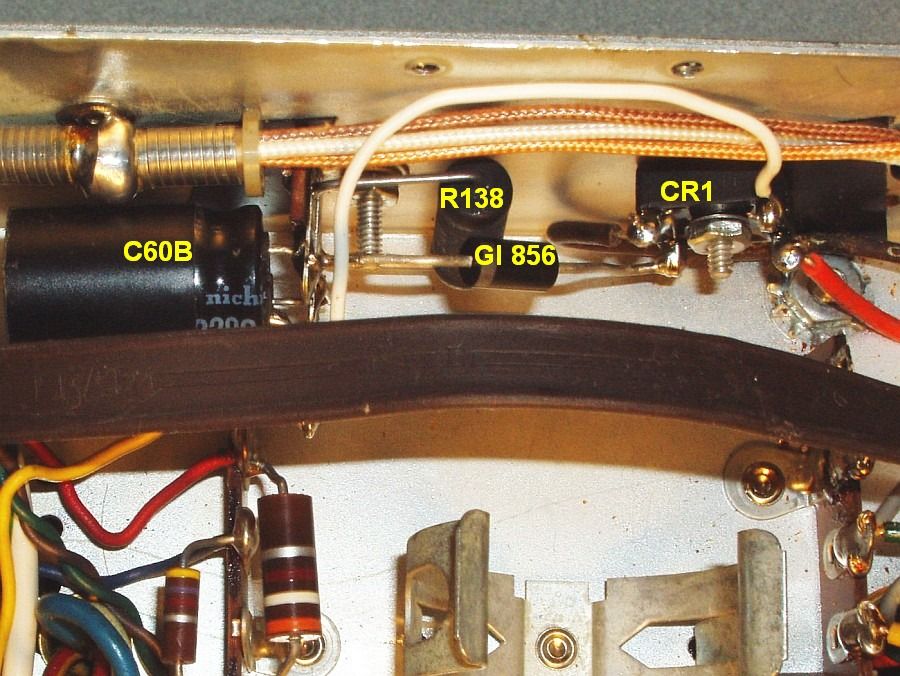
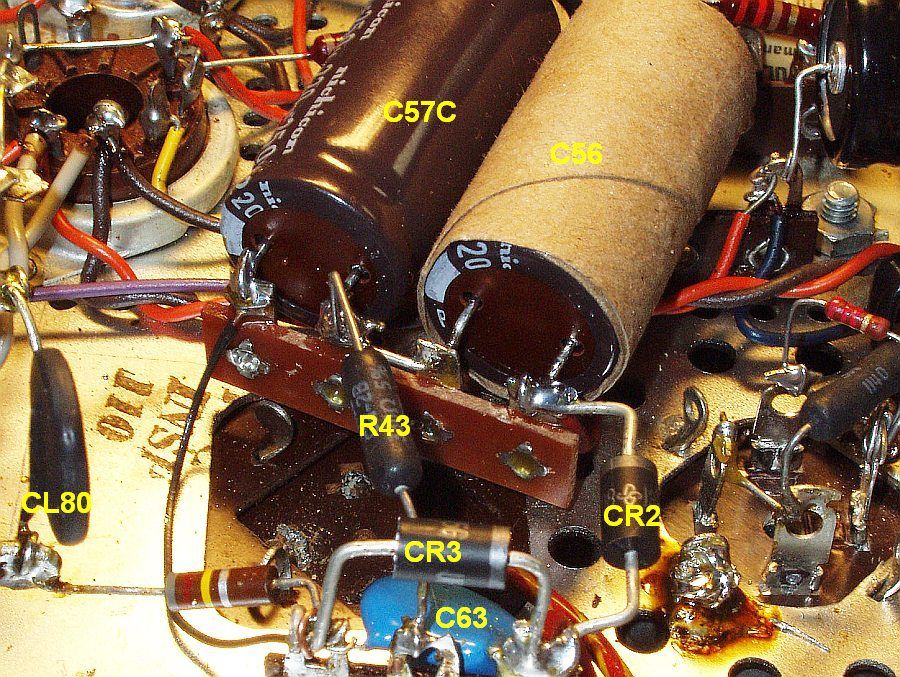



Last edited:


